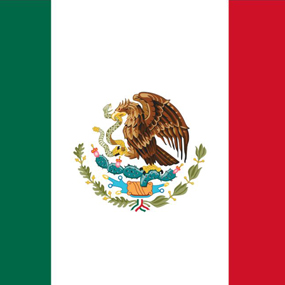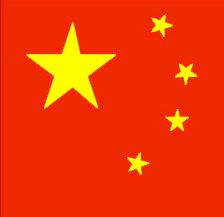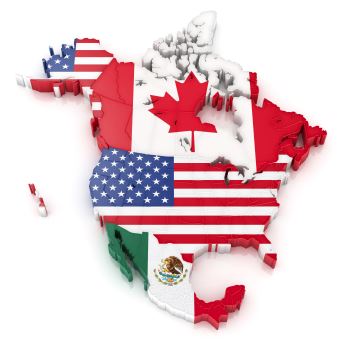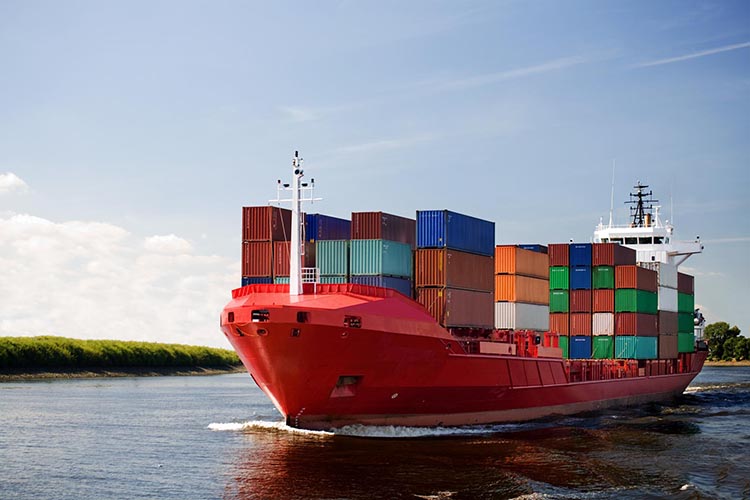
May 2019
May 1, 2019FTZ’ine July 2019
July 1, 2019FTZs: Avoiding The Crossfire
The events of the past month were an unprecedented one for trade. It seems like we’ve reported those words a lot recently, but last month also confirmed many of the reasons that companies that rely on a steady stream of imports should rely on the foreign-trade zone program.
Like the stock market, the staff here at the FTZine was optimistic that last month would be one of reduced trade tensions. Trade negotiations with China were expected to conclude, and the Chairman of the Senate Finance Committee laid out a path for passage of a new trade agreement with Mexico and Canada. The exact opposite occurred. Now importers are scrambling for ways to ameliorate the blow of new and rising tariffs on imports from China, Mexico, India, and Turkey.
Trade used to be a sidebar in Presidential contests, but now it has taken center stage, and more unexpected turns may yet be in the works as we get closer to the election. Companies already in the FTZ program can soften the blow of these abrupt changes, and many firms without prior reason to consider a zone may wish to re-evaluate and see if the program now makes sense for their business.

Top Story: Surprise Mexican Tariffs Impact Foreign-Trade Zones
FTZs Brace For Long Term Tariffs On China Goods


Can USMCA Still Pass In This Trade Environment?
FTZs Breathe Relief As Auto Tariffs Deferred


India and Turkey Trade Now Have FTZ Benefits

U.S. Foreign-Trade Zones Board Activity
- Bloom Energy Corporation received authorization of production activity for commercial fuel cells and related subassemblies in Subzone 99I in Newark, Delaware. MORE
- ProAmpac Holdings, Inc. submitted an application to operate its facilities in Neenah and Appleton, Wisconsin as a subzone of Foreign-Trade Zone 167. MORE
- Flemish Master Weavers submitted an application to expand Subzone 186A in Sanford, Maine. MORE
- Mayfield Consumer Products submitted an application to expand Subzone 294A in Mayfield, Kentucky. MORE
- Merck & Co Inc. submitted a notification of proposed production activity for additional pharmaceutical finished products and components in Subzone 185C in Elkton, Virginia. MORE
- Lam Research Corporation submitted a notification of proposed production activity for additional wafer fabrication equipment, subassemblies, and related parts in Subzone 18F in Fremont, Livermore and Newark, California. MORE
- LLFlex, LLC submitted a notification of proposed production activity for additional finished products and components for aluminum and steel cable wraps in Subzone 29J in Louisville, Kentucky. MORE
- Fluid Equipment Development Company, LLC received authorization of production activity for energy recovery turbines and centrifugal pumps in Foreign-Trade Zone 70 in Monroe, Michigan. MORE
- Wacker Polysilicon North America, LLC submitted a notification of proposed production activity for polysilicon in Subzone 134B in Charleston, Tennessee. MORE
- Coreworks, LLC submitted a notification of proposed production activity for brazed aluminum heat exchangers and cryogenic equipment in a new site within Foreign-Trade Zone 84 in Katy, Texas. MORE
- Hitachi Automotive Systems Americas, Inc, submitted a notification of proposed production activity for additional automotive components in Subzone 29F in Harrodsburg and Berea, Kentucky. MORE
- STIHL Inc. submitted a notification of proposed production activity for additional outdoor power equipment components in Subzone 20E in Virginia Beach, Virginia. MORE
- Maine Coast Shellfish LLC submitted an application to operate its York, Maine facility as a subzone of Foreign-Trade Zone 186 MORE
- Michelin North America LLC submitted a notification of proposed production activity for additional components for tire assemblies, wheel assemblies, and tire pressure monitor systems within Subzone 38L and Site 5 of FTZ 38 in Woodruff and Laurens, South Carolina MORE
- Bristol-Myers Squibb Holdings Pharma, Ltd. submitted a notification of proposed production activity for additional pharmaceutical products and components in Subzone 7J in Manati, Puerto Rico. MORE
- Gulfstream Aerospace Corporation received authorization of production activity for disassembly of aircraft in Subzone 168E in Dallas, Texas. MORE
- Calsonic Kansei North America received approval to operate its Shelbyville and Lewisburg, Tennessee facilities as Subzone 78M. MORE
- United Parcel Service, Inc. received approval to operate its Louisville, Kentucky facility as Subzone 29O. MORE
- Xerox Corporation received authorization of production activity for polyester latex for printer/copier toner in Subzone 106D in Oklahoma City, Oklahoma. MORE
FTZs: Avoiding The Crossfire
The events of the past month were an unprecedented one for trade. It seems like we’ve reported those words a lot recently, but last month also confirmed many of the reasons that companies that rely on a steady stream of imports should rely on the foreign-trade zone program.
Like the stock market, the staff here at the FTZ’ine thought last month would be one of reduced trade tensions. Trade negotiations with China were expected to conclude, and the Chairman of the Senate Finance Committee laid out a path for passage of a new trade agreement with Mexico and Canada. The exact opposite occurred. Now importers are scrambling for ways to ameliorate the blow of new and rising tariffs on imports from China, Mexico, India, and Turkey.
Trade used to be a sidebar in Presidential contests, but now it has taken center stage, and more unexpected turns may yet be in the works. Companies already in the FTZ program can soften the blow of these abrupt changes, and those without reason to consider the program before should re-evaluate to see if the program now makes sense for their business.

